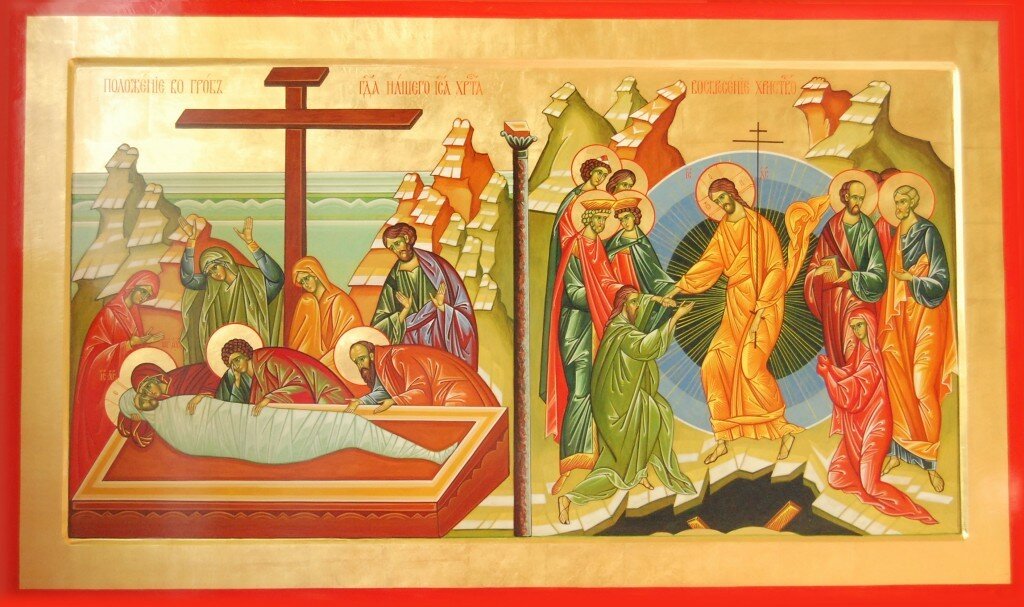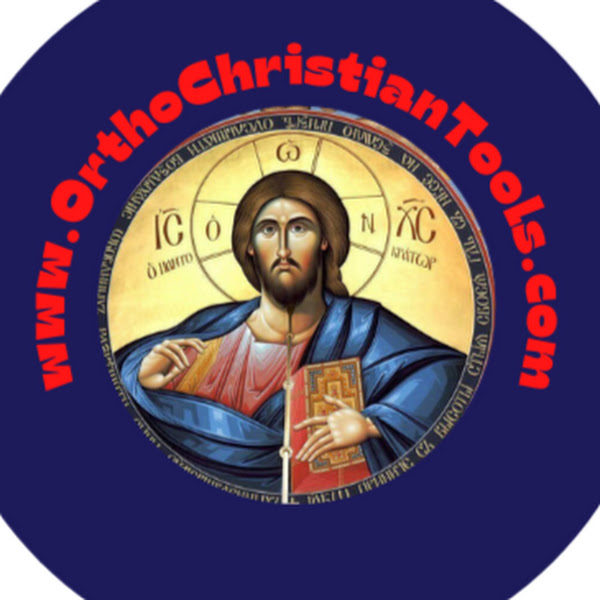Great and Holy Saturday stands as one of the most mysterious and powerful days of the Orthodox Christian calendar. Nestled between the sorrow of Good Friday and the triumphant joy of Pascha (Easter Sunday), this sacred day commemorates Christ’s burial and His descent into Hades, transforming the tomb from a symbol of defeat into the very gateway of victory.
The Blessed Sabbath: Christ Rests and Redeems
Known in the Orthodox tradition as the Blessed Sabbath, Holy Saturday is the day on which Christ reposed in the tomb. But this “rest” is not one of inactivity. In the same way that God rested on the seventh day after the creation of the world, Christ now rests from His redemptive work—having re-created the world through His Passion.
As sung during the Vesperal Liturgy:
“This is the blessed Sabbath. This is the day of rest, on which the only-begotten Son of God rested from all His works.”
Descent into Hades: Trampling Down Death by Death
The Church teaches that Christ descended into Hades—not as a victim, but as a Conqueror. This descent is the heart of the day’s mystery: life enters the realm of death. There, Christ seeks out Adam and all humanity, bringing salvation to those held captive by sin and death. This act is triumph, not tragedy.
This is why the icon of the Resurrection in Orthodox tradition depicts not Christ stepping out of the tomb, but rather His descent into Hades, pulling Adam and Eve from the depths. The image proclaims the essential truth:
“Christ is risen from the dead, trampling down death by death, and upon those in the tombs bestowing life.”

A Liturgy of Light in the Midst of Darkness
The Vesperal Divine Liturgy of Holy Saturday, often held in the morning, is one of the most profound and ancient services of the Church. It begins in the somber tones of Lent, but gradually transitions into the light of Pascha.
Fifteen Old Testament readings are proclaimed, highlighting God’s saving acts—from the crossing of the Red Sea, to Jonah in the belly of the whale, to the Three Youths in the furnace. These stories are prophetic glimpses of the Resurrection.
A pivotal moment comes when the dark vestments are exchanged for bright white, and the priest proclaims:
“Arise, O God, and judge the earth!”
Laurel leaves are tossed, symbolizing Christ’s victory. The tomb is no longer the end, but the beginning of new life.
The Mystery of Joyful Sorrow (Χαρμολύπη)
Holy Saturday is not a day simply of mourning or waiting—it is a day of watchful expectation, a sacred tension between sorrow and joy. This paradox is captured beautifully in the Church’s hymnography, including a poetic dialogue between Christ and His Mother:
“Weep not for me, O Mother… I shall rise and shall be glorified.”
“By mine own will the earth covers me, O Mother… but I shall rise again and magnify thee.”
The emotional intensity of these hymns reveals the depth of Holy Saturday: sorrow is not merely erased by joy; it is transfigured into it.
Ancient Rituals, Eternal Meaning
On Holy Saturday, Orthodox Christians take part in ancient and deeply symbolic rituals:
The Lamentations at the Tomb are sung by candlelight as the faithful surround the Epitaphios, a cloth icon of Christ’s body.
The Epitaphios is sprinkled with rosewater and often carried in a procession around the church, a symbolic funeral followed by the hope of resurrection.
Readings from Ezekiel, Corinthians, Galatians, and Matthew anchor the service in the promises of new life.
During the Cherubic Hymn, we hear:
“Let all mortal flesh keep silence…”
…a call to awe and reverence before the divine mystery unfolding.

Why Holy Saturday Matters
While often overlooked in modern parish life, Great and Holy Saturday is the hinge of history—the silent, expectant moment when death is undone from within. As Saint Paul writes:
“God was in Christ reconciling the world to Himself.” (2 Corinthians 5:19)
This day reminds us that even in the silence of the grave, God is at work. Through Christ’s descent, Hades is plundered, death is defeated, and creation begins anew.
That’s why the Church proclaims:
“Let all creation rejoice! Christ has shattered the gates of brass!”
Conclusion: From Silence to Song
Great and Holy Saturday is more than a pause between Crucifixion and Resurrection. It is the cosmic Sabbath, the day when Christ lies in the tomb, yet shakes the foundations of death itself.
To truly experience the joy of Pascha, one must first descend with Christ into the mystery of this day. For only then do we rise with Him in the radiant dawn of Resurrection.
Christ has trampled down death by death. And in His rest, He has made all things new.

